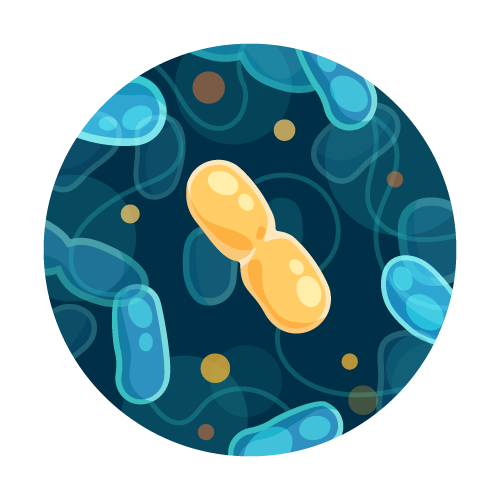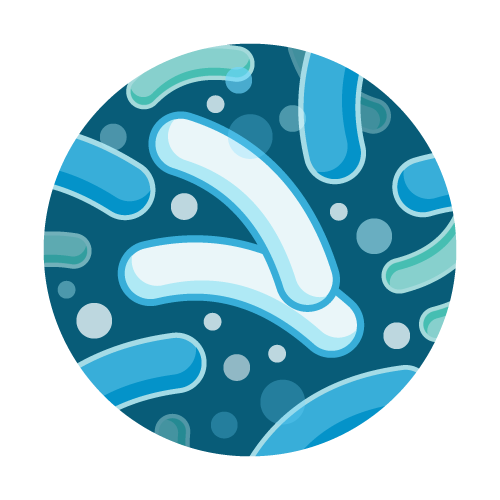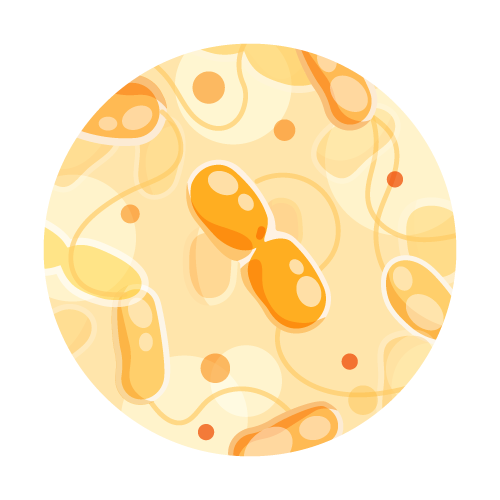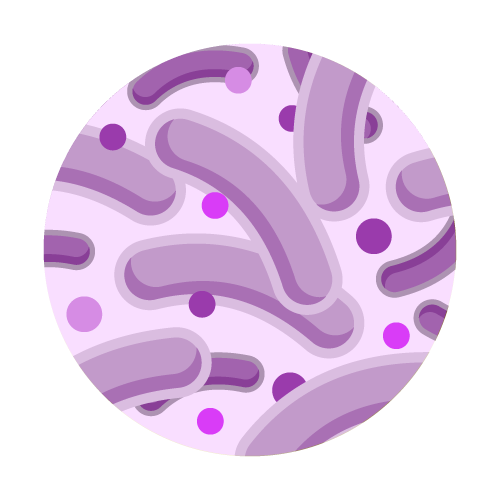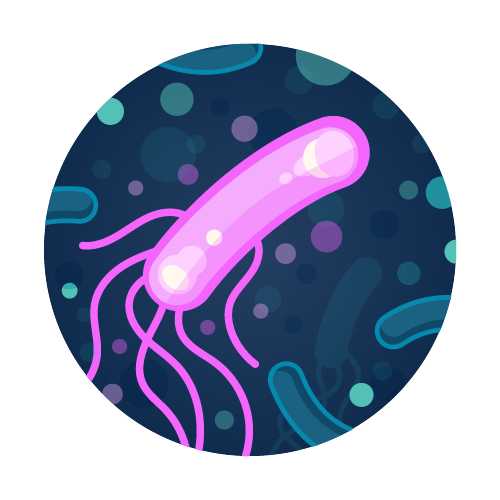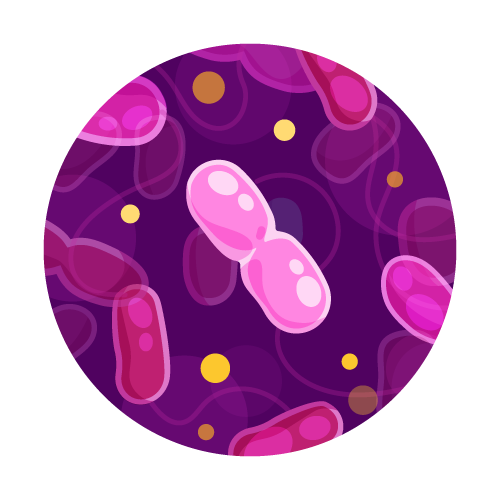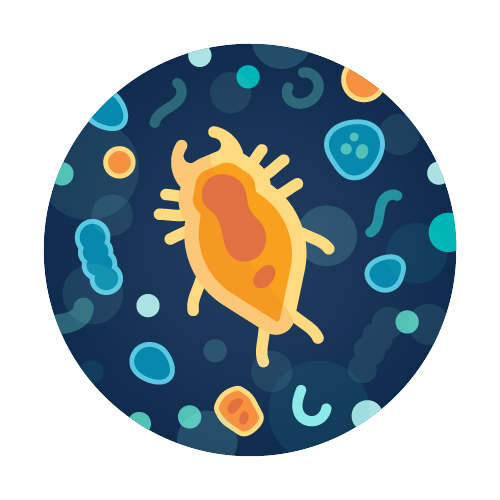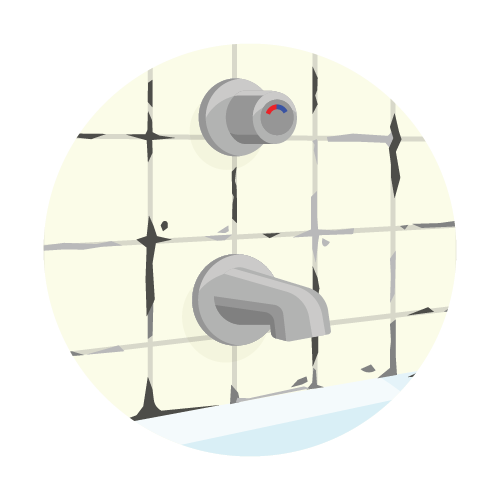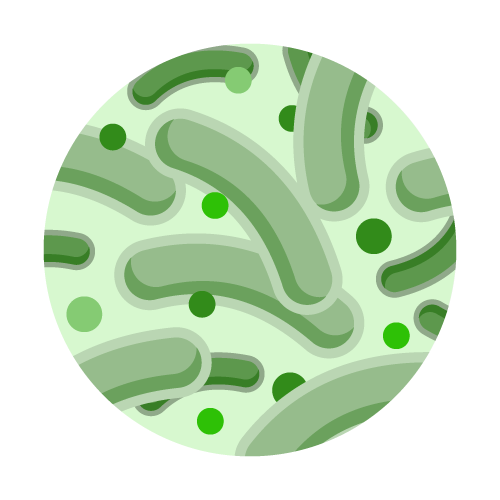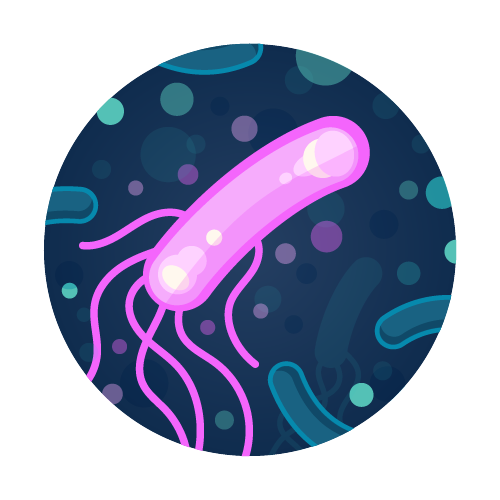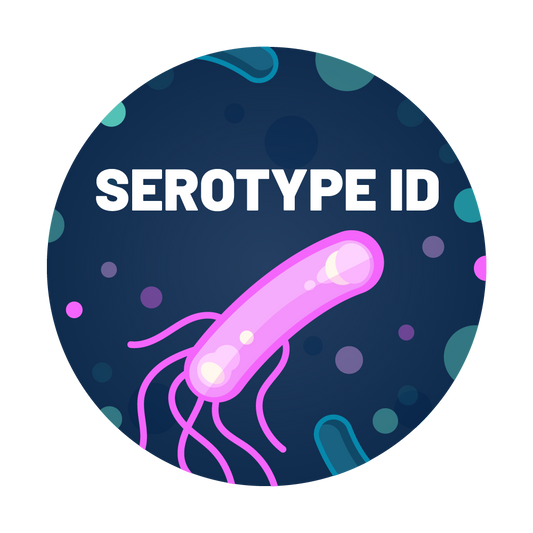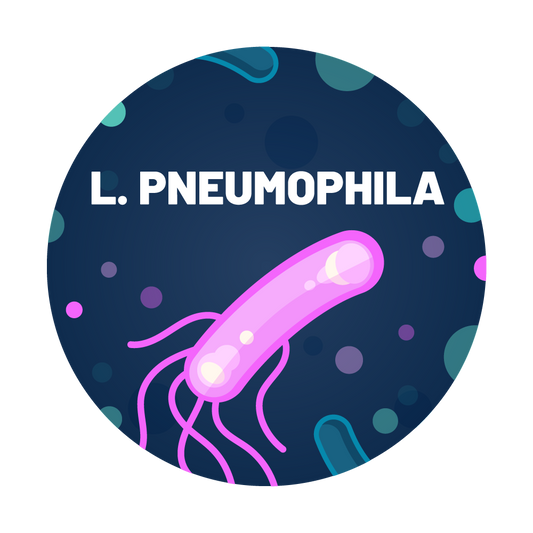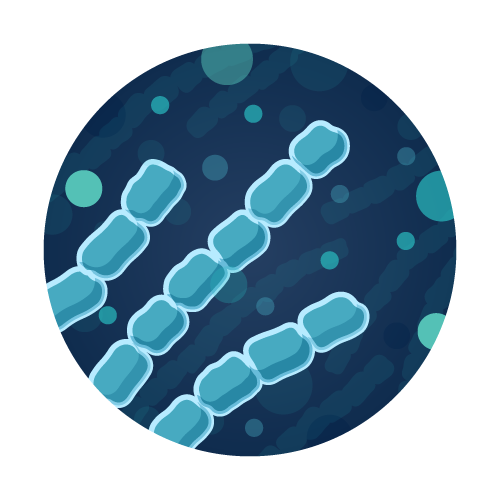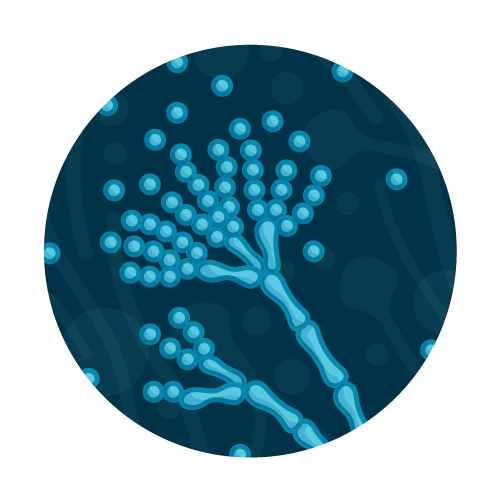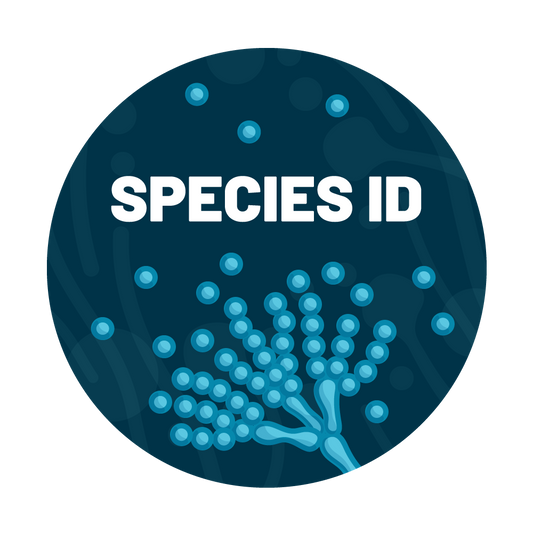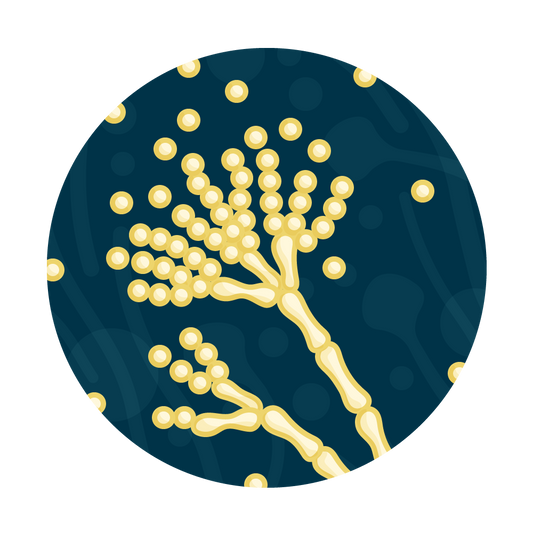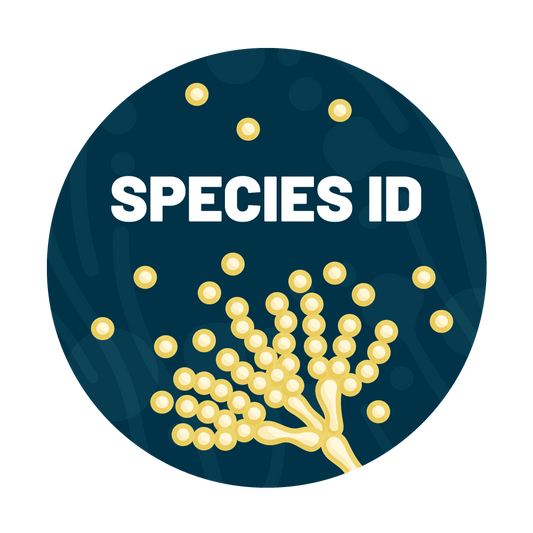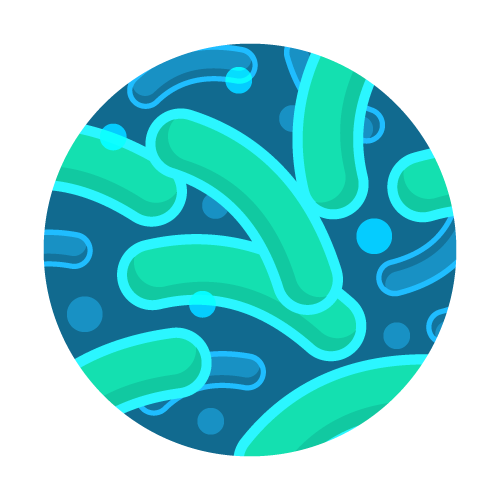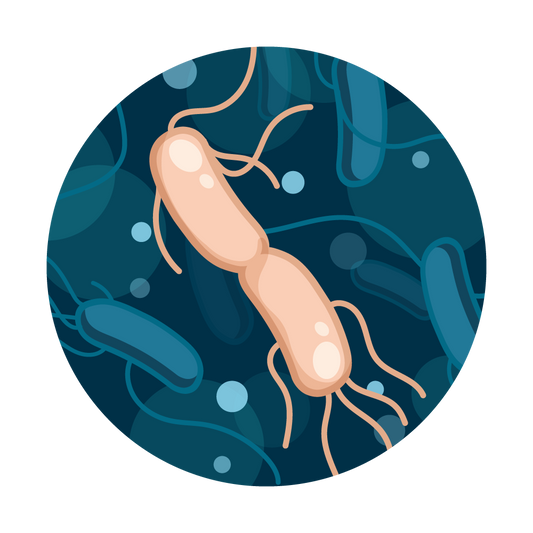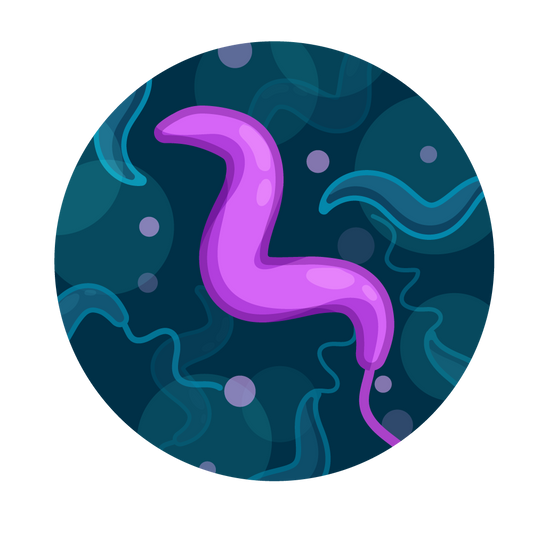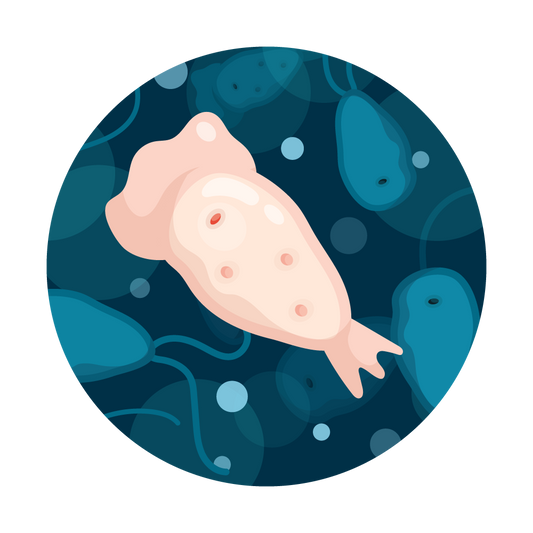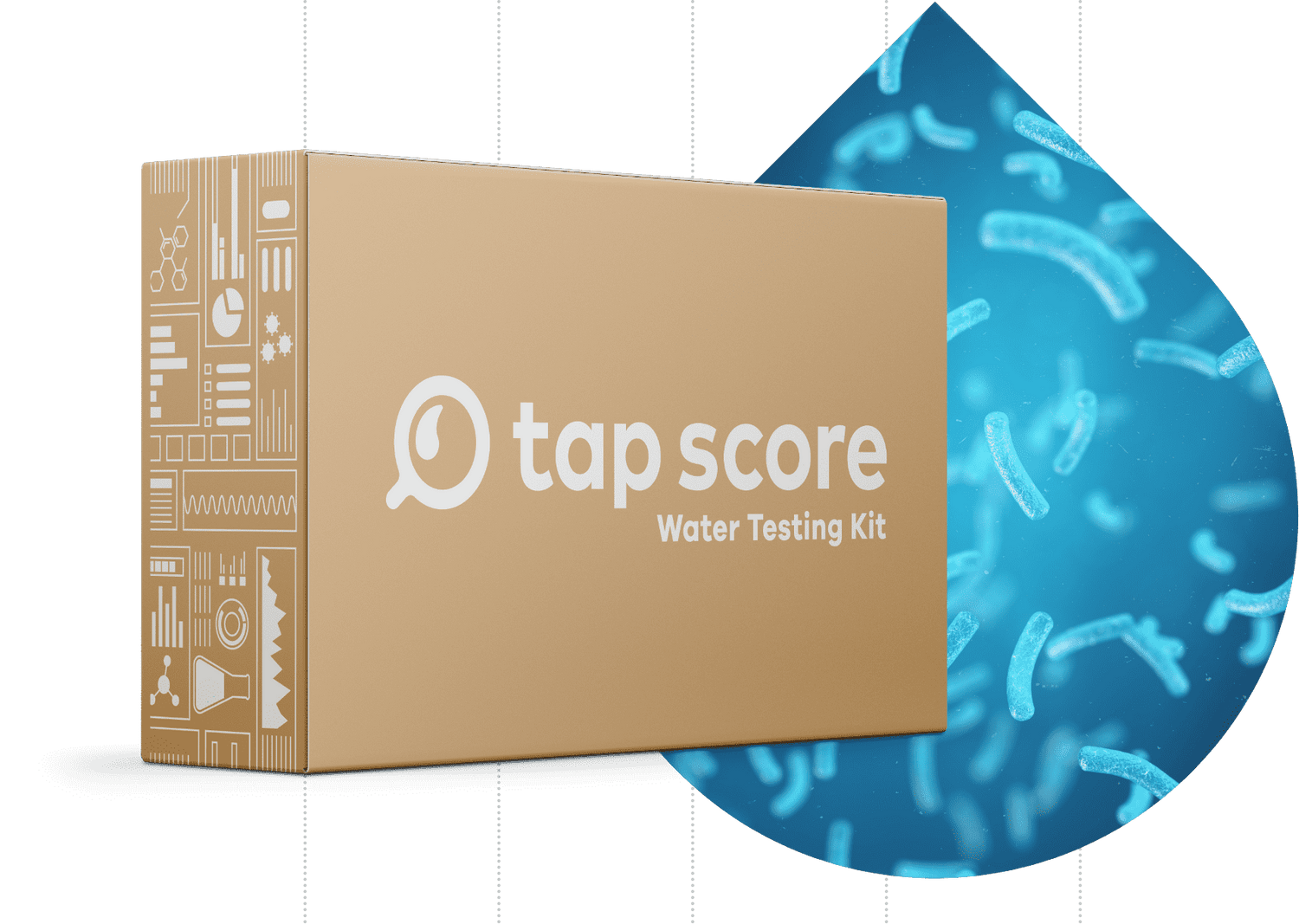
Biology
What's your water quality? Find out with these mail-to-lab kits from Tap Score. Each kit includes everything you need to sample your water and have it analyzed by a laboratory. Your lab report is presented in easy-to-read English and customer support is included.
-
Specialized
Coliform and E. coli Water Test
2 Analytes TestedTest your drinking water for the presence (P/A) of total coliform and E. coli bacteria.
Regular price $99.00Regular priceUnit price per$140.00Sale price $99.00 -
Specialized
HPC Water Test
1 Analyte TestedTest for heterotrophic bacteria in your filtered or unfiltered drinking water.
Regular price $149.00Regular priceUnit price per -
Specialized
Iron Related Bacteria (IRB) Water Test
1 Analyte TestedTest your drinking water for iron related bacteria–a common cause of black buildup.
Regular price $179.00Regular priceUnit price per -
Specialized
Coliform and HPC Water Test
3 Analytes TestedComprehensive bacterial baseline testing for total coliform, E. coli, and HPC in drinking water.
Regular price $193.00Regular priceUnit price per -
Specialized
Biofilm Bacteria Water Test
3 Analytes TestedTest your drinking water for common bacteria that lead to biofilm or other slimy buildup.
Regular price $405.00Regular priceUnit price per -
Specialized
Pseudomonas Water Test
1 Analyte TestedTest your drinking water for pseudomonas aeruginosa–a biofilm forming bacterium.
Regular price $179.00Regular priceUnit price per -
Specialized
Mycobacterium Water Test
210 Analytes TestedTest your drinking water for over 170 nontuberculous mycobacteria species–including M. avium.
Regular price $439.00Regular priceUnit price per -
Specialized
H. pylori Water Test
1 Analyte TestedTest your water for H. pylori–a bacteria that can lead to the formation of painful peptic ulcers.
Regular price $449.00Regular priceUnit price per -
Specialized
Total Microbiology Water Test
147 Analytes TestedTest for and identify an extensive array of microbial concerns–including bacteria, protozoa, HPC, and algae–with this comprehensive pathogen screen.
Regular price $395.00Regular priceUnit price per -
Specialized
Mold and Fungus Water Test
31 Analytes TestedTest for mold and fungal contamination in drinking water, as well as total heterotrophic bacteria.
Regular price $239.00Regular priceUnit price per -
Specialized
Sulfate Reducing Bacteria (SRB) Water Test
1 Analyte TestedTest your drinking water for sulfate reducing bacteria–a common cause of rotten egg smell.
Regular price $179.00Regular priceUnit price per -
Specialized
Comprehensive Legionella Water Test
29 Analytes TestedTest your water for an array of Legionella bacteria species and serotypes with this advanced analytical package.
Regular price $275.00Regular priceUnit price per -
Specialized
Legionella pneumophila Serotype Water Test
3 Analytes TestedTest your water for Legionella pneumophila, including advanced analysis for serotype identification and enumeration.
Regular price $249.00Regular priceUnit price per -
Specialized
Legionella pneumophila Water Test
1 Analyte TestedTest your drinking water for Legionella pneumophila.
Regular price $159.00Regular priceUnit price per -
Specialized
Coliform Enumeration Water Test
2 Analytes TestedTest your drinking water for a total colony count of coliform and E. coli bacteria.
Regular price $135.00Regular priceUnit price per -
Specialized
Algae Enumeration Water Test
3 Analytes TestedTest your drinking water's algae levels–including species related to harmful algal blooms.
Regular price $179.00Regular priceUnit price per -
Fusarium Water Test
1 Analyte TestedTest for fusarium–a common soil fungus that can produce mycotoxins.
Regular price $425.00Regular priceUnit price per -
Fusarium Species Identification Water Test
37 Analytes TestedIdentify specific fusarium species–a common soil fungus that can produce mycotoxins–in drinking water.
Regular price $709.00Regular priceUnit price per -
Specialized
Pythium and Phytophthora Water Test
2 Analytes TestedTest your drinking water for the presence of pythium and phytophthora–common soil-borne fungi.
Regular price $855.00Regular priceUnit price per -
Pythium and Phytophthora Species Identification Water Test
377 Analytes TestedIdentify specific pythium and phytophthora species–common soil-borne fungi–in drinking water.
Regular price $1,475.00Regular priceUnit price per -
Specialized
Slime Forming Bacteria Water Test
1 Analyte TestedTest your drinking water for slime forming bacteria–a common cause of biofilm buildup.
Regular price $179.00Regular priceUnit price per -
Salmonella Water Test
1 Analyte TestedTest your drinking water for salmonella–bacteria spread through fecal contamination.
Regular price $240.00Regular priceUnit price per -
Specialized
Campylobacter Water Test
1 Analyte TestedTest your water for campylobacter–a bacteria that can enter the water supply through contamination from animal feces.
Regular price $475.00Regular priceUnit price per -
Specialized
Naegleria fowleri Water Test
1 Analyte TestedTest your water for N. fowleri–a warm freshwater pathogen sometimes referred to as a "brain-eating amoeba".
Regular price $440.00Regular priceUnit price per
Not sure where to begin? Let us help.
We know this stuff feels complicated, but we are dedicated to keeping it simple. Answers to all your questions are always a chat away.
Which Core Kit do I need?
Which kit you choose depends on how many contaminants you'd like to test. Consult any Core Kit product page for a side-by-side comparison or try our Customize My Kit feature to match your needs with the perfect option.
What's the turnaround time?
Most people receive results within 3-5 business days after the lab receives their sample. However, some tests may require additional analytical time so be sure to check each kit’s product page for the most accurate estimate.
What does my report include?
Your report will rank your water against local and federal safety benchmarks, provide a thorough breakdown of any contaminants detected and how they may be affecting your health or plumbing, and provide non-biased treatment recommendations.
Are Tap Score labs certified?
Every lab facility in our network is certified with accreditations ranging from ISO to NELAC/ELAP, Direct State, DoD, DoE, DoH and beyond. Need a specific certification? Let us know so that we can meet your needs accordingly.

